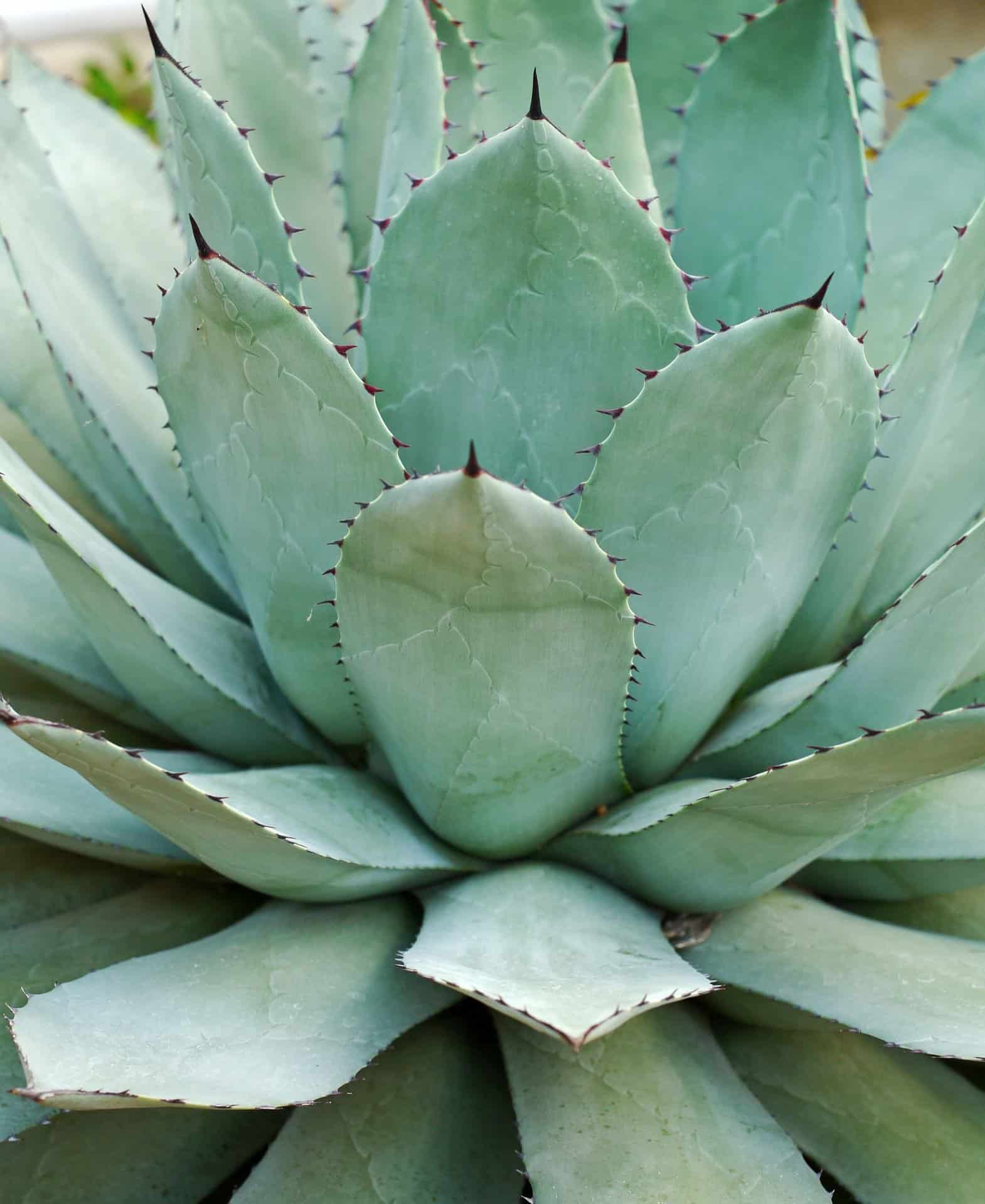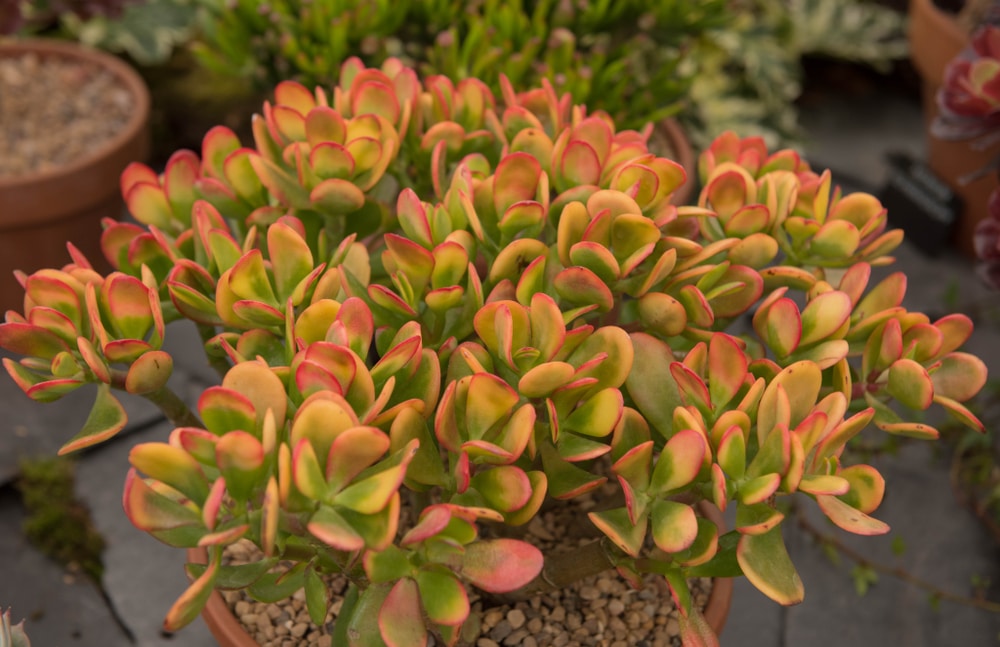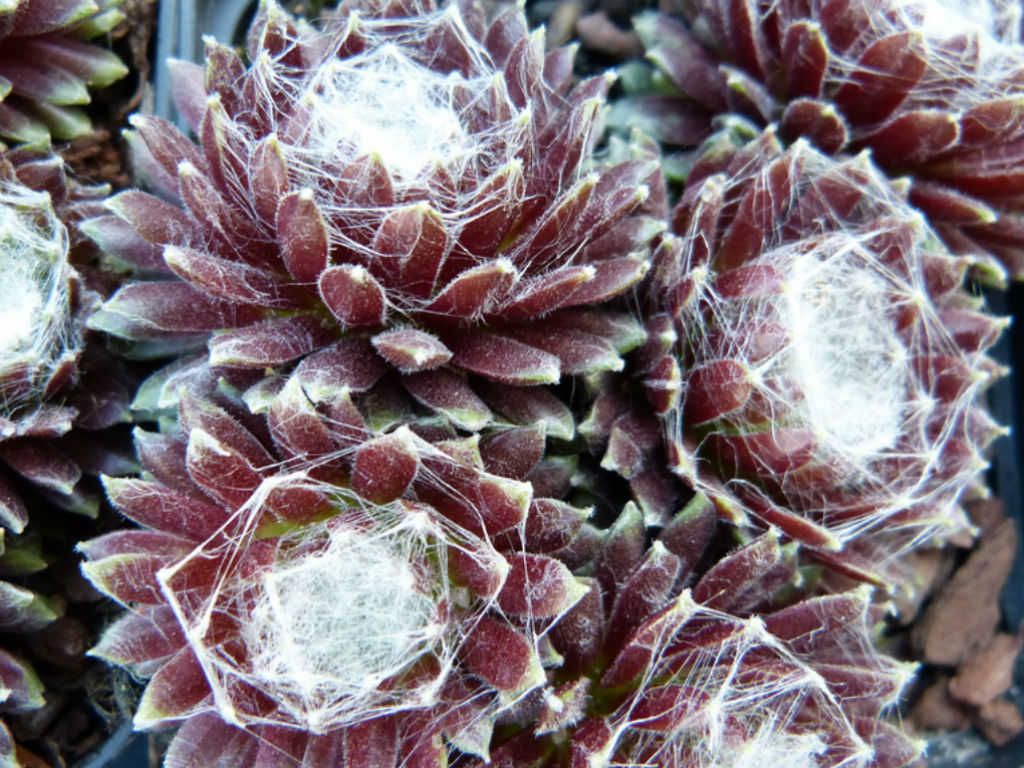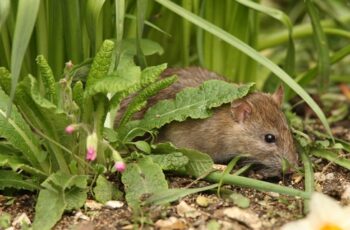Ad Blocker Detected
Our website is made possible by displaying online advertisements to our visitors. Please consider supporting us by disabling your ad blocker.
10. Euphorbia Rigida (Upright Myrtle Spurge)

Also known as the Gopher Spurge and Silver Purge, the Upright Myrtle is a small shrub up to 2 feet tall and 3 feet wide. It has steel-blue green leaves that grow in clusters. These leaves appear in red hues during fall.
Its stems also appear bluish. Even though this is a stemmed plant, this is still considered a low-growing plant.
It’s still classified as weeds and grows a lot in the California Wilderness. It’s a great ornamental plant because of its flowers.
Speaking of its flowers, they are typically yellowish-green in color. Its flowers usually appear during late winter and spring.
It appears star-shaped that is domed and clustered. Just make sure that it gets enough light to promote its blossoming.
Specifications
- Origin: Native to Southern Europe and Southwest Asia
- Hardiness: Can grow in USDA Hardiness Zones 7 to 10
- Light Requirement: It needs partial to full sun exposure per day.
- Watering: While a lot of succulents are drought-tolerant, this plant, in particular, can’t really tolerate long periods of drought. This will need watering as soon as the top soil is dry and more so during the summer.
- Problems: It can be invasive. It means that its growth spread can become uncontrolled at some point. It is also susceptible to pests.
11. Agave (Agave Americana)

The Agave is a perennial plant that can grow really tall. It can grow up to 30 feet tall, depending on the type of species that you have.
Its leaves have sharp teeth that are also fibrous in appearance. They are usually colored green or bluish-green.
Its flowers are typically yellow in color and appear along the plant’s stalk or stems. This is very attractive to birds.
The pollinated flock of flowers makes this appear dramatic when placed in any garden. What’s even more dramatic is that when its flowers fade, the plant itself will die.
However, don’t worry about it dying right away. The lifespan of this plant can go up to 50 years. That will also depend on the type of Agave that you have.
Specifications
- Origin: Native to Mexico, South Africa, Southern and Southwestern United States
- Hardiness: The Agave can thrive in USDA Zones 7 to 10
- Light Requirement: This plant prefers the warm temperature and so it also prefers full sun. It will need at least 6 hours of light exposure.
- Watering: This will require regular watering as this plant doesn’t tolerate drought well. When underwater, its leaves will easily look wrinkled.
- Problems: Bacterial rot and root rot are common problems for this plant. Bother over and under watering can cause these problems.
12. Crassula Radicans (Coral Stonecrop)
This plant is a genus of Crassula, also the genus of popular plants like the jade plant. Stonecrop is a perennial plant and can grow up to 24 inches in height and width.
This has a thick stem with fleshy leaves that could be colored light green to green.
This is a plant that’s perfect for container gardens and rockeries. It also doesn’t have a deep root system, so you don’t have to bury it this low into the ground.
However, it’s best to plant this on its lonesome as it can’t compete with other plants.
Its flowers bloom during the late summer and early fall. It may start to grow in green color and may look like a head of broccoli. However, once fully bloomed, its flowers will appear pink or mauve in color.
Specifications
- Origin: Native to the Northern Hemisphere
- Hardiness: The Stonecrop can thrive in USDA Zones 3 to 10
- Light Requirement: This is a very drought-tolerant succulent and so it’s best to grow this under the full sun. Just make sure that you don’t overexpose it to intense lights to avoid scalding.
- Watering: While this plant is drought-tolerant, it’s still best to water this as soon as its soil is rough dry.
- Problems: This plant is susceptible to root and crown rot due to watering problems.
13. Sempervivum arachnoideum ‘Emily’ (Emily Cobweb Houseleek)
The Emily Cobweb Houseleek is an attractive rosette-forming succulent. Its leaves can grow up to 3 inches in diameter.
They are colored green and red. These leaves appear, and clusters and can be easily spread in a container.
It is best to grow this plant in a container or rock garden. This has a shallow and fibrous root system that can easily adapt to wherever this is planted.
Care for this plant is mostly the same, with a lot of succulents.
Its flowers look very interesting as they pop out with tall stems. The stems of its flowers are a bit copper in color and appear to be covered in pointed leaves. At the tip of these stems are the pink or light red star-shaped flowers of this plant.
Specifications
- Origin: Garden Origin
- Hardiness: It best grows in USDA Hardiness zones 4 to 10
- Light Requirement: It can thrive with just light shade. However, this can easily adapt to its surroundings so even the full sun can be tolerated by this plant.
- Watering: Have this plant watered regularly during its growing season. The general rule is to water this plant once its topsoil is completely dry. Water this less during winter.
- Problems: This plant is pest-resistant, but it can attract bees.



